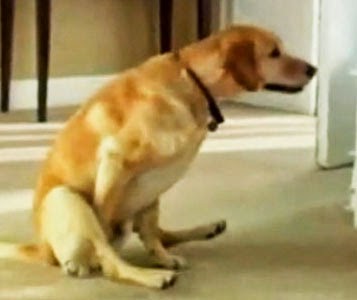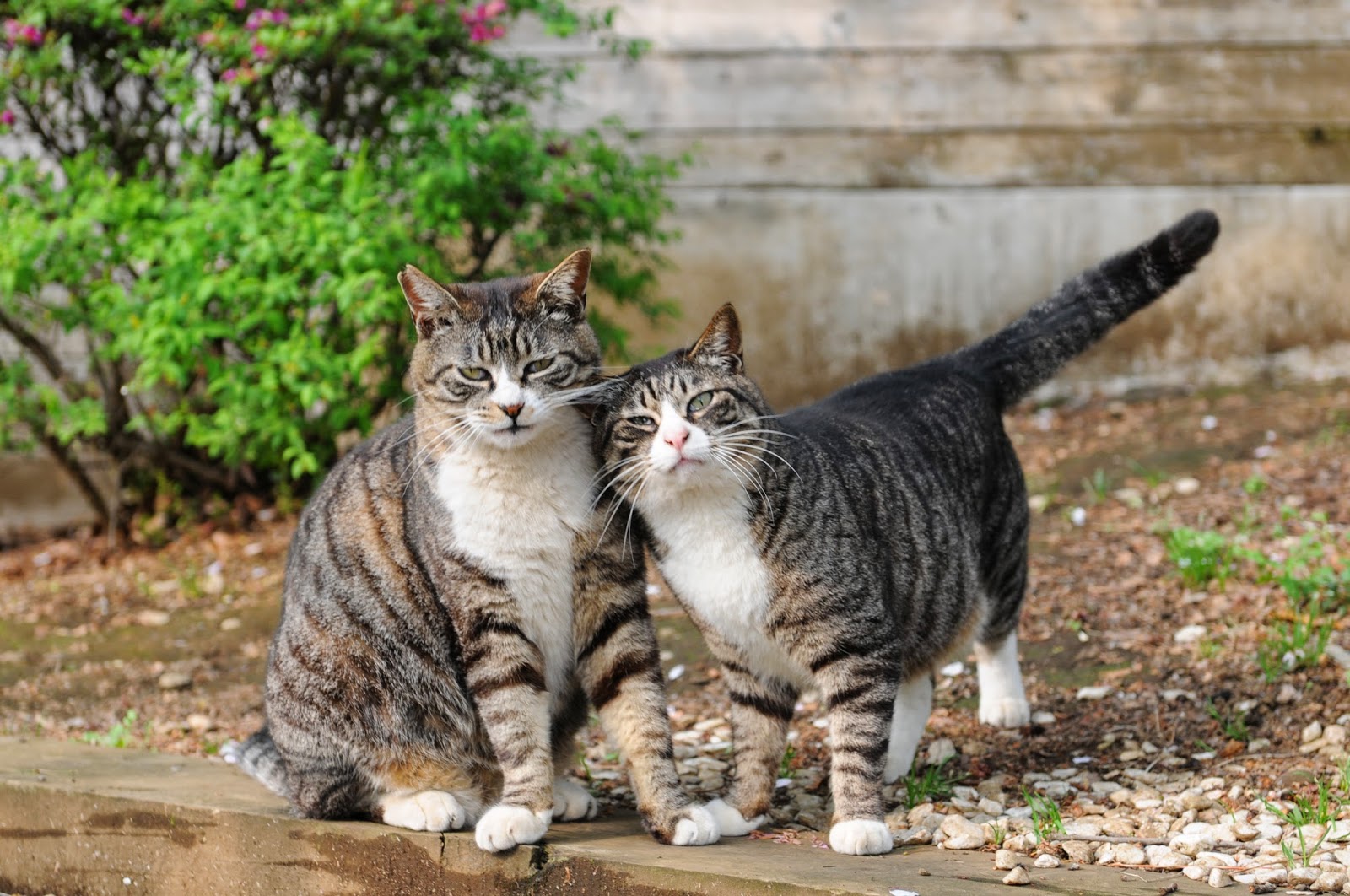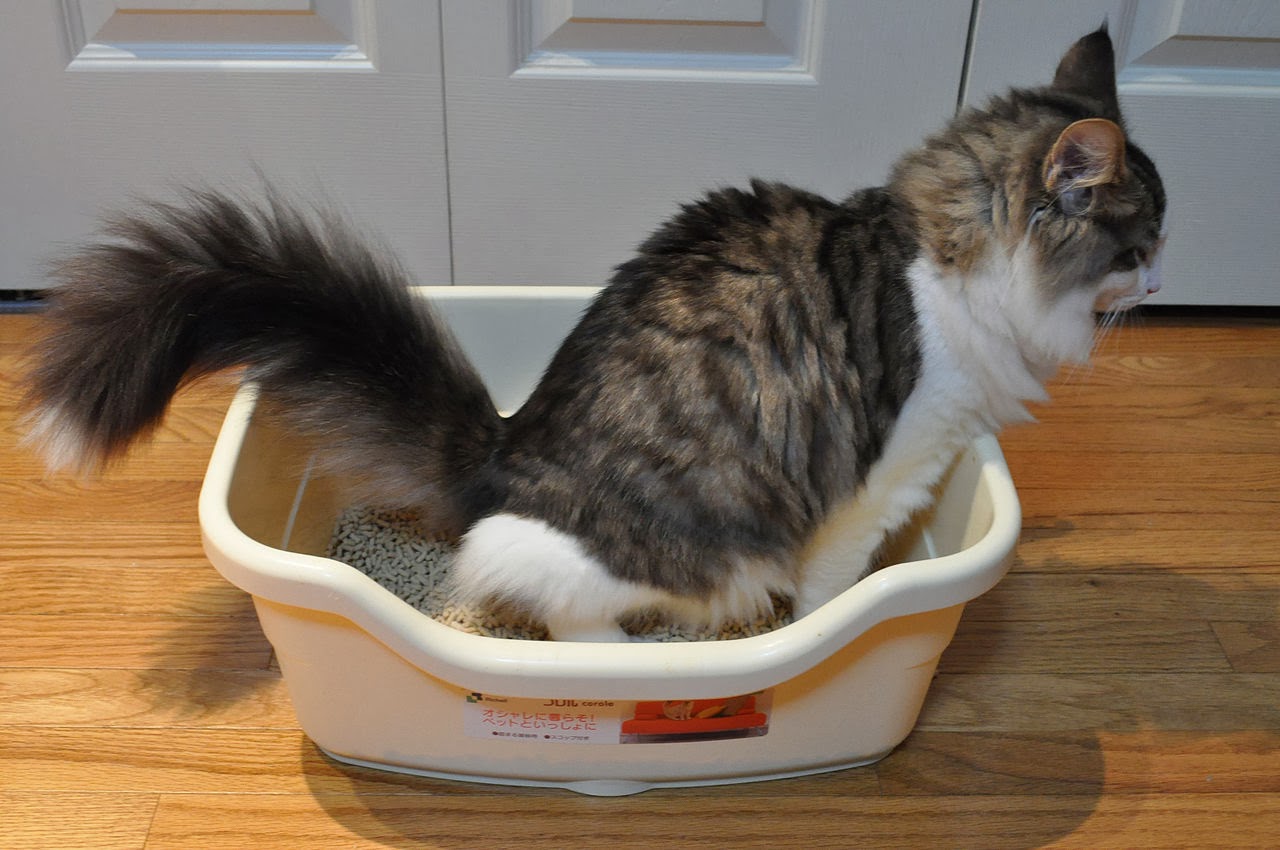 |
| Dog scooting butt on ground |
The first most common thing to check would be the “Anal Glands.” Dogs and cats have two anal glands located at 4 o’clock & 8 o’clock, which are normally excreted when they pass a bowl movement. The anal glands have a fishy bad smell to us humans, but to them it smells great. At times the glands are not being able to empty properly, so they fill up with fluid, which then causes your dog or cat to rub their anus on the ground because it is inflamed and irritated. Sometimes the glands can become so “blocked”, that they actually rupture. If that happens, immediate veterinary treatment is needed.
Another reason for your dog or cat to rub their butt on the floor is tapeworms. Dogs and cats get tapeworms from ingesting a flea that has tapeworms. If your dog or cat has tapeworms, it will look like “white rice” coming out of their anus, which are actually segments of the tapeworm.
Another reason for your dog or cat to rub their butt on the floor is constipation. Not passing a bowel movement can be irritating to your dog or cat. The opposite of constipation is diarrhea, which can also cause your dog or cat to scoot their butt on the floor. Having diarrhea can irritate the anus and cause burning, along with inflammation. In addition, they may have fecal matter stuck in their fur, which causes more irritation.
These are the most common reasons dogs and cats scoot their butt on the ground. Other things not mentioned above such as allergies, skin fold infections, fleas, and prolapsed rectum etc, can also contribute to your dog or cat scooting your butt on the ground.
Please return next week to learn solutions for your dog or cat scooting their butt on the ground. Let’s keep learning about keeping your pet(s) happy and healthy.



